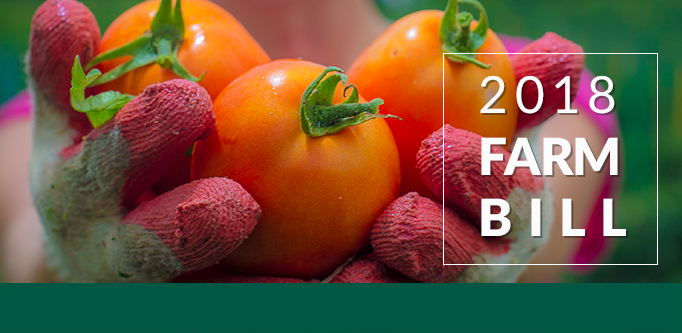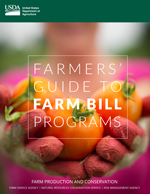
The Continuing Appropriations, Agriculture, Legislative Branch, Military Construction and Veterans Affairs, and Extensions Act, 2026, extended the Agriculture Improvement Act of 2018, more commonly known as the 2018 Farm Bill. This extension allows authorized programs to continue through Sept. 30, 2026.
Additionally, the One Big Beautiful Bill Act, 2025 (OBBBA), made updates and provided additional funding for some Farm Bill programs. OBBBA made crop insurance more workable and affordable for American farmers and ranchers. Crop insurance is an essential risk management tool that allows American farmers and ranchers to endure weather and market volatility. The bill:
- Increased premium support for beginning farmers and ranchers during the first decade of farming and expands the definition from five to 10 years of experience, enabling more producers to qualify for assistance over a longer period of time.
- Made significant enhancements to area-based crop insurance programs to deliver greater accessibility and affordability for American farmers.
- Updated premium support rates across coverage levels and unit structures, with particular emphasis on supporting optional, basic and enterprise units.
The 2018 Farm Bill provides support, certainty, and stability to our nation’s farmers, ranchers, and land stewards by enhancing farm support programs, improving crop insurance, maintaining disaster programs, and promoting and supporting voluntary conservation.
Through the 2018 Farm Bill, RMA, through Federal Crop Insurance Corporation (FCIC) continues to:
- Provide more risk management options for farmers and ranchers;
- Make crop insurance more affordable for veteran farmers;
- Continue the growth of the crop insurance program;
- Provide avenues to expand farm safety net options for specialty crop producers;
- Ensure increased program integrity.
Find a crop insurance agent to discuss available options for your farm or ranch.
2018 Farm Bill: What’s New for the Risk Management Agency (PDF, 116KB)
 | Farmers’ Guide to 2018 Farm Bill Programs (PDF, 854KB) - This brochure provides an at-a-glance view of programs and assistance available to farmers and ranchers from FSA, NRCS and RMA, through the 2018 Farm Bill. Translated versions:
|
How to Apply
Crop insurance is sold and delivered solely through private crop insurance agents. A list of crop insurance agents is available at all USDA Service Centers and online at the RMA Agent Locator.
